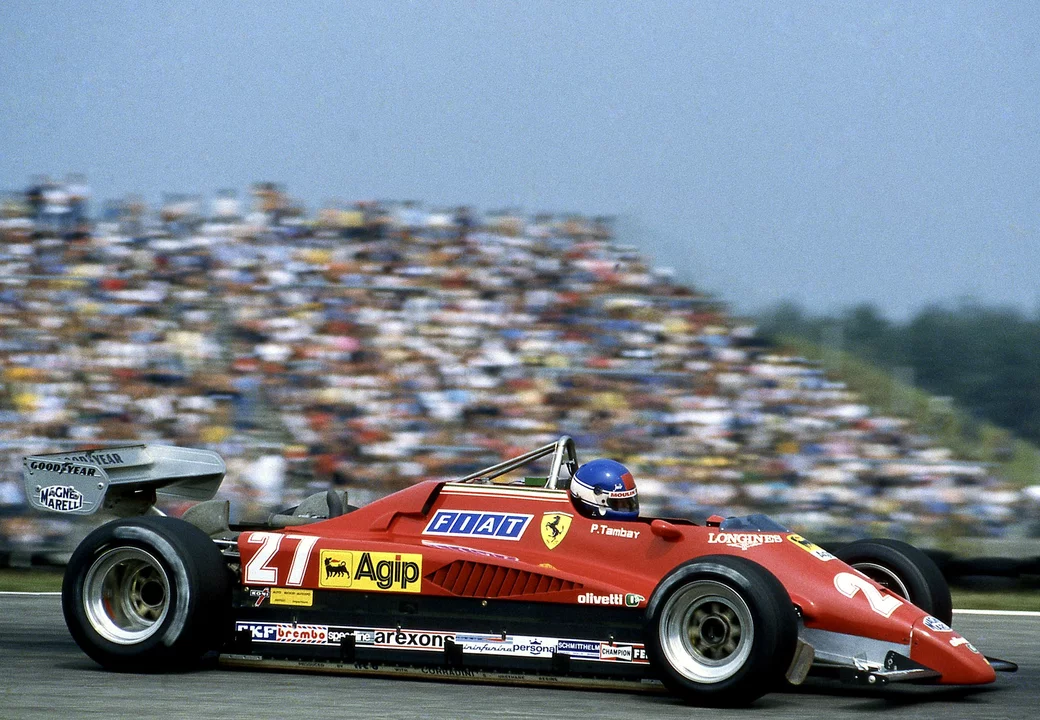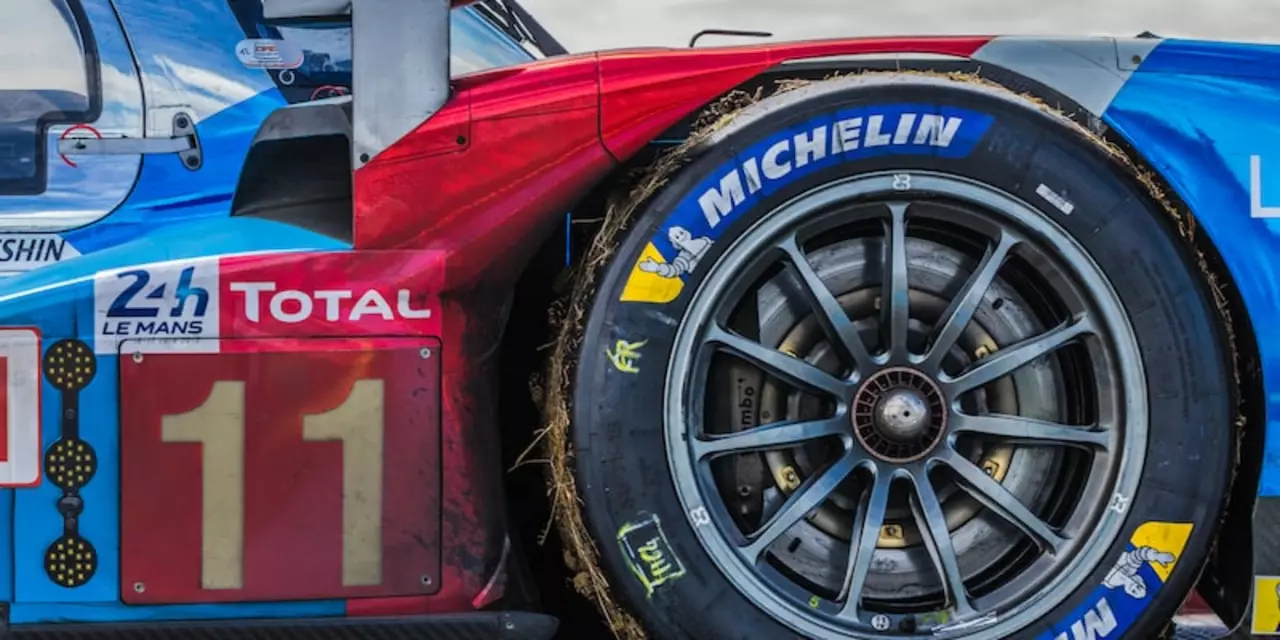Racing Insights: Your Go‑To Guide for Careers, Tips, and the Latest Motorsports Buzz
If you love the roar of engines and the smell of burnt rubber, you’re in the right place. This hub pulls together everything you need to know about racing—whether you’re wondering how to break into the sport, which discipline is hot right now, or just want a quick tip to improve your lap times.
How to Start a Racing Career
First thing’s first: you need solid training. Enroll in a reputable driving school that offers race‑specific courses. Simulators are a cheap way to practice cornering and braking before you hit the track.
Next, get a racing license. Most national motorsport bodies require you to pass a basic road‑safety test, followed by a short on‑track assessment. The cost can be a few hundred pounds, but it’s the ticket to official events.
Network like you’re at a speed dating night. Join local karting clubs, attend track days, and talk to team owners. Volunteering at a race weekend—handing out water, helping with pit stops—gets you inside the team’s world and sometimes lands you an apprenticeship.
After karting, the usual next step is moving up to formula cars. Think of it as karting’s bigger, louder cousin. You’ll need to learn about aerodynamics, data analysis, and more powerful engines. Many drivers fund this stage through sponsorships, so start building a personal brand early—social media, a simple website, and a clear story about why you race.
Finally, stay patient and keep grinding. Every racer hits a setback—crash, funding shortfall, or a failed test. The key is to learn from each stumble and keep your passion alive.
What Makes Racing Exciting Today
Formula 1 is still the headline act, thanks to its blend of tech, global stars, and unpredictable races. But the excitement isn’t limited to F1. Electric series like Formula E bring street‑racing drama while showcasing green tech.
IndyCar and NASCAR each have their own fan bases. IndyCar’s open‑wheel speed on ovals and street circuits appeals to those who love precision, while NASCAR’s bumper‑to‑bumper action draws crowds who enjoy the raw, close‑quarter battles.
Drag racing with all‑wheel‑drive cars has surged in popularity. The added traction lets drivers launch faster off the line, though the extra weight can sap top speed. If you’re curious, try a local strip and see how the torque feels on an AWD platform.
Don’t overlook grassroots events. Local hill climbs, club races, and even organized drift nights can offer the same adrenaline rush without the massive price tag of a professional series. They’re also great places to meet fellow enthusiasts and pick up tricks you won’t find in a textbook.
Whatever discipline grabs your attention, the common thread is community. Fans swap stories, share setups, and cheer each other on. Join forums, attend meet‑ups, and keep the conversation going—you’ll learn faster and have more fun.
Ready to jump in? Grab a helmet, find a nearby track day, and start logging those laps. The road to racing success isn’t a straight line, but with the right steps and a love for the sport, you’ll be crossing finish lines in no time.

12
May
As a motorsports enthusiast, I've been following the rumors surrounding Ferrari potentially joining IndyCar. It seems the iconic Italian automaker is considering expanding their presence in motorsports beyond Formula 1. Ferrari's interest in IndyCar was sparked by the recent budget cap imposed on F1 teams, leading them to explore other racing opportunities. If Ferrari does join, it could bring a new level of prestige and excitement to the IndyCar series. However, no official announcement has been made, so we'll have to wait and see if these rumors become a reality.
Read More

17
Feb
The article compares the speeds of an LMP1 car, used in endurance racing, and an IndyCar, used in open-wheel racing. It is found that an LMP1 car is faster in terms of top speed, with it reaching a maximum speed of over 200 mph, compared to an IndyCar's maximum speed of around 230 mph. However, an IndyCar is much more agile and has better cornering speeds than an LMP1 car. This is due to the fact that an IndyCar has a much lower center of gravity and lighter weight. In addition, the aerodynamic design of an IndyCar is superior to that of an LMP1 car. Ultimately, the LMP1 car is faster in terms of top speed, but the IndyCar is more agile and performs better in corners.
Read More

16
Feb
This article discusses the possibility of Ferrari joining the IndyCar racing series. It examines Ferrari's history in open-wheel racing, their current involvement in Formula 1, and the potential benefits of joining IndyCar. It further explores the challenges that Ferrari may face, such as competing against strong established teams and the costs associated with entering a new series. Finally, it concludes that while the opportunity is there, it is unlikely Ferrari will join IndyCar in the near future.
Read More


